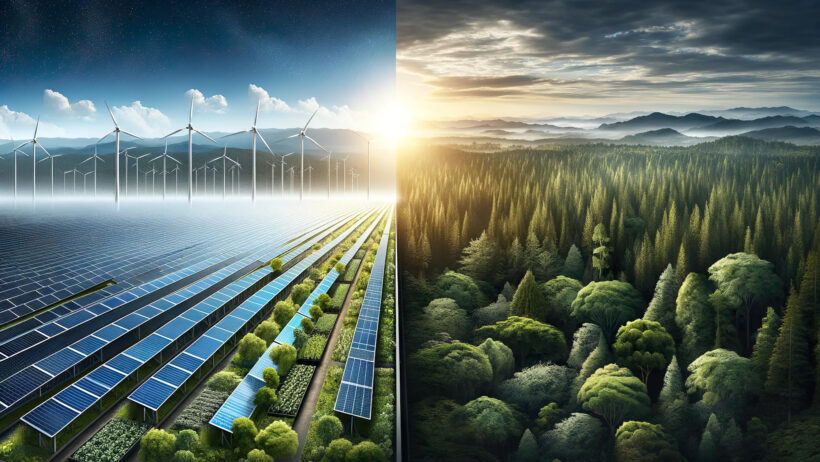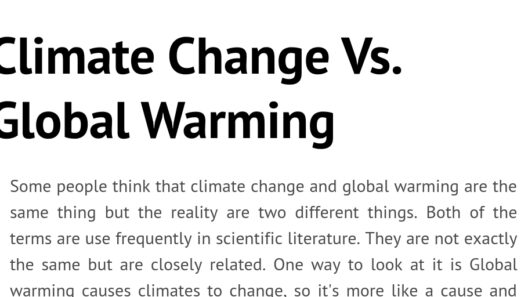As the specter of climate change continues to loom large, the urgency to find solutions becomes increasingly salient. One of the most elegant and effective strategies lies in the age-old adage: “Plant a tree.” This seemingly simple act, however, holds profound implications for our battle against global warming. Reforestation, the process of planting trees in previously forested areas or in areas that have never had forests, stands at the forefront of efforts to mitigate climate change while simultaneously offering a plethora of additional benefits.
To grasp the significance of reforestation, it is imperative to first understand the role of carbon dioxide (CO2) in the atmosphere. This greenhouse gas, a byproduct of fossil fuel combustion, industry, and deforestation, traps heat and leads to the phenomenon we know as global warming. Trees, however, are nature’s own carbon sequestration mechanisms. Through the process of photosynthesis, they absorb CO2, storing carbon in their biomass and releasing oxygen back into the atmosphere. The sheer magnitude of trees’ ability to sequester carbon is awe-inspiring; a mature tree can absorb approximately 48 pounds of CO2 each year, underscoring the need for large-scale reforestation initiatives.
Yet the benefits of reforestation extend well beyond mere carbon sequestration. The ecological advantages are manifold. Forests act as vital ecosystems, supporting an impressive diversity of species. By reforesting degraded or deforested land, we can restore habitats for innumerable flora and fauna, thereby fostering biodiversity. Biodiversity not only enriches the planet, but it also enhances resilience against diseases, pests, and other ecological threats, thereby bolstering the overall health of the environment.
Reforestation also plays a crucial role in safeguarding water resources. Forests act as natural water filters, capturing rainfall and facilitating groundwater recharge. The intricate root systems of trees prevent soil erosion, allowing more water to permeate the ground rather than run off into waterways—a phenomenon that can lead to flooding and sedimentation issues. As global water scarcity becomes an ever-pressing issue, the ability of forests to mitigate these problems becomes increasingly apparent.
Furthermore, the act of planting trees can serve as a catalyst for local economies and communities. Initiatives focused on reforestation often create jobs in planting, maintenance, and sustainable timber harvesting. This can provide a much-needed source of income for rural communities while promoting sustainable practices that protect the environment. Additionally, trees enhance the aesthetic value of communities, making them more livable and reducing urban heat island effects. Green spaces improve mental health, providing an antidote to the stresses of urban lifestyles and fostering community cohesion.
The intersection of reforestation and climate change mitigation should spark curiosity and inspire a paradigm shift in how society approaches environmental challenges. Far too often, the narrative surrounding climate action is laden with despair, focusing solely on the dire consequences of inaction. However, reforestation offers a narrative rich with hope and tangible solutions. It is not merely a matter of conservation but rather an expansive opportunity for communities worldwide to engage in meaningful actions that can reverse the tide of climate deterioration.
The notion of reforestation as a solution invites individuals to ponder their role in this grand ecological undertaking. What if every person, every community committed to planting just one tree each year? The cumulative impact would be staggering. Indeed, engaging citizens in reforestation efforts can cultivate a deep sense of stewardship and responsibility toward the planet. Schools, local governments, and organizations can initiate programs that promote tree planting, education, and awareness, weaving together community efforts with ecological goals.
Moreover, technology can enhance the effectiveness of reforestation efforts. Innovations such as drones have emerged as a game-changer in the realm of reforestation, capable of planting thousands of seeds in a matter of hours. These technological advancements, combined with traditional methods, can exponentially increase the scale and efficiency of reforestation operations. Investing in research and development to improve planting techniques and ensuring the genetic diversity of trees selected for reforestation can further optimize outcomes.
However, it is crucial to approach reforestation thoughtfully, recognizing that not all planting is beneficial. Monoculture plantations can wreak havoc on local ecosystems, diminishing biodiversity and disrupting the balance of natural habitats. Hence, informed and scientifically-backed reforestation practices that prioritize native species and ecological integrity are essential in maximizing positive outcomes.
In essence, reforestation emerges not just as an ecological necessity but as a clarion call for collective action. The fight against global warming requires a mosaic of strategies, yet reforestation stands unparalleled in its multifaceted benefits. It offers the promise of resilience—fortifying ecosystems, enriching communities, and sequestering carbon. As we gaze upon our planet’s rapidly changing climate, let it not be a harbinger of despair, but rather an invitation to unite in a purpose: cultivating an environment where trees thrive and, in turn, humanity flourishes. The time for action is now; for in the heart of every growing tree lies the potential to heal our planet and safeguard our future.








